Disc Bulge l4 l5 Treatment: Physiotherapy treatment
Disc bulge l4 l5 treatment is mostly depends upon symptoms and severity. However, if you are looking for Disc bulging with level of lumbar spine l-4 and l-5 related treatment option in this article which is the best option you can select and how to relieve disc bulge pain.
A Disc bulging occurs when the intervertebral disks in the lumbar spine become compressed or bulge mostly posteriorly or postrio-laterally. In few cases it can be bulge anteriorly. This can leads to the spinal cord and nerve roots compression, leading to mostly sciatica pain and difficulty with mobility such as pain during long walking, lifting objects from floor are painful and also long sitting positions are painful.
Table of Contents
What happened in Disc bulge at l4 l5 level (Lower lumbar spine)?
If you are suffering from disc bulge at l-4 and l-5, your disc which are located in-between two vertebrae (two small bone of spine) are protrude. This may leads to pressure on the nerve roots which are located at that side. This may leads to pain and tenderness at the lower back and also radiating pain and tingling numbness at the one leg or in severe case both legs.
Symptoms of Disc bulge at l4 l5 level:
Symptoms of a Disc bulge also depend on its severity and whether nerve is compressed or not.
Some people may have no initial symptoms or only mild low back pain during lifting back. However, with repetitive lifting activity may increase disk bulging and herniation, you may feel the following symptoms:
- Low back pain that worsens with movement, such as when sneezing or lifting or long walking or long sitting position
- Paraspinal muscles spasms with tenderness at l4 and l5 levels of lumbar vertebrae
- Tingling numbness in the legs and feet, it may be on one side or in both side
- Muscle weakness – may leads to reduced mobility in the legs, knees, and ankles
- in severe cases it also affects bladder and bowel control
- difficulty in sit from bed and walking
- sciatica nerve pain
You require immediate help from Doctors if you feel a loss of bowel or bladder control. This can happen if the spinal nerve roots become more compressed, which is a medical emergency.
Causes of Disc Bulge:
The most common cause of the bulging disc is age related wear and tear and gradual disc degeneration with other associated risk factors age you grow older, these are:
- A sedentary lifestyle with poor physical fitness level increase the chances of bulging disc.
- Repetitive low back strain on the disc from injury or heavy lifting activity and strain can leads low back pain or disc bulging at l 4 l5.
- Poor posture or weak back muscles can leads extra stress on the spine may lead extra pressure of the weakened disc.
- Improper body positioning during your day to day activity also increase risk factor of developing disc bulging.
- High intensity sports activity where back stress leads to back pain or disc bulge.
- Lifting exercise in the gym where you lift weight more than your capacity.
Disc bulge l4 l5 treatment:
Treatments of Disc bulge is also depends severity and vary depends upon symptoms also.
Your Doctors may prescribed you NSADIs (anti-inflammatory medicine) to relieve pain and inflammation.
Also advice to take rest for 10 days to uptom 28 days depends upon severity and how treatment are responds
To stabilize l4 and l5 – lumbo-sacral belt is also important
You can try hot and cold pack, this is natural remedies and have no side effects.
Physiotherapy treatment is best option where you can start as early as possible.
Physiotherapy treatment for disc bulge l4 l5:
Mostly physiotherapists take your assessment, pain scale, check your symptoms and according start treatment.
Most common treatment option is pain relieving Electrotherapy modalities such as Interferential therapy, TENS, Ultrasound therapy.
This modalities helps to relieve pain.
If sciatica or referred pain is present Physiotherapist also start lumbar traction, this traction helps to relieve pressure on sciatic nerve which are compressed by bulging disc at l4 l5.
Exercise for disc bulge:
According to assessment of your condition Physiotherapist suggest few best exercise that helps to strengthen your weak muscles and few stretching exercise that loosens your tight muscles.
Most commonly prescribed exercise is Back extension exercise initially in pain free range and gradually also starts stretching exercise. if you want to know more about Low back extension exercise, click here.
Following are a few best exercises you can try at home.
Press Up Back Extension Exercise :

This is the best exercise you can start after few days rest. To do this exercise you can take prone position on soft mat, with keep your elbows bent and your hands flat on the ground under your shoulders, while at the same time keep your back and hips relaxed, and then use your arms to press your upper back and shoulders up, Hold the press-up position for 5 to 10 seconds. Then slowly return to the starting position.
First Day do start with 7 to 10 repetitions, 2nd Day 8 to 10 and Gradually increase the repetitions. If your pain are gradually improving, that’s a sign the press-up exercise may be helpful for you. exercise must be pain free.
Prone Back Extensions exercise :

This is This is one of the best exercises that you can perform for your back muscles strengthening. For that you can start with prone position on soft mat, keep your both hands behind the back, gradually try to raise your heads and shoulder, holds for 5 to 10 seconds, then relax.
First Day 5 to7 repetitions and gradually increase the practice as per your stamina. This exercise will improve your strength of Back extensor’s muscles and also improve strength of core muscles. exercise must be pain free.
The Bridging exercise:
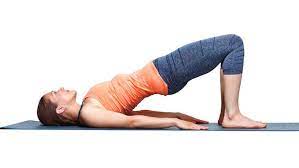
This exercise strengthens core muscle groups such as gluteal, back, abs for disc bulge patients.
To do this exercise take supine Lie flat on soft mat while bend knees at 90-degree angle, keep your feet flat on the floor.
Keep your abs Tighten.
Gradually raise buttocks off the floor, while keeping abs tight.
Contract your glutes and keep your Shoulder to knees should be in a straight line.
Hold for 5 seconds, gradually lower buttocks to the floor.
Repeat 5 to 10 times.
Prone leg lift exercise:

Prone leg lift exercise strengthen mainly gluteal muscles and back extensors. This exercise is usually done prone lying position on the floor with the legs in the air. To do this exercise, you should take prone position on soft mat with gradually lift the leg from the hip up in the air, parallel to the body, by contracting the gluteal muscles.
How to take care of Back in Disc bulging in l4 l5?
If you have Disc bulging in l4 l5, you also modified few activity that will increase your pain.
If you are in supine position then want to take sitting position, do no try to sit directly, this will increase your disc bulging, you should sit gradually by first taking side-lying position and then with the help of your hands you should take sitting position.
If you are in standing position and want to lift small object from ground, you avoid bending from back, this will increase your pain, first you bend from Hip and knee while keep you straight as possible and lift the object from ground.
You should also note down that which activity and Body position will increase your pain in your day to day activity, you should avoid this activity for 1 month until you relieve completely and which body position and activity give you relief, you should do these alternate activity.
Further treatment option in Disc bulging:
If you are not relieving with initial treatment mainly Physiotherapy treatment and Pain killers, Doctors prescribes you steroid injections for short-term solution.
Bed rest may be play important role for speedy recovery.
If all above mentioned treatment option is fail or condition is so worse then doctor may recommend a surgery to relieve pain and improve your condition.
Can a bulging disc heal by itself?
Disc bulging gradually heal by taking few days rest with pain killers and Physiotherapy treatment. After few days Physiotherapist also advice to give you few exercise to strengthen your weak muscles and severe cases lumbo-sacral belt or cervical collars also required depending upon level of injury. Avoid painful activity and ergonomics related to work is also important for speedy recovery.
What happens if a bulging disc goes untreated?
Mostly bulging disc recovers with the help of rest, if you not treated well and your pain and other symptoms worsens, there may be vulnerability of nerve damage, this may leads to radiating pain in your legs and arm and severe cases weakness of limb and loss of bladder-bowl function. Foot drop also associated in few cases where your ankle upwards movement lost (dorsiflexion).
Is walking good for a bulging disc?
If your walking is painful, you should avoid, but if you feel walking is not increase your symptoms then you can start initially with 100 steps and increase your steps count as you feel better. walking must be pain-free and increase steps gradually is recommended. This will maintain strength of your lower limb and stamina.
What should I avoid with a bulging disc?
Avoid painful activity, this will increase your symptoms. You must notice which activity will increase your symptoms and pain, you should avoid this activity and also notice which activity and body position give comfort, you should do this activity regular.
If your level of disc bulging at lower lumbar spine, you should also follow Back ergonomics and if your level of disc bulging at the cervical region(neck), you should follow neck ergonomics.
How long does a bulging disc take to heal?
It depends upon severity and symptoms. Mostly early symptoms relieve within a week or it may take upto 6 to 8 week. You should follow your doctors recommendation.
How long does disc bulge pain last?
Mostly your disc bulge pain relieve with few days rest and painkillers, However it also depends upon how you follow treatment plan and it also require rest and ergonomics care.
What is the difference between herniated and bulging disc?
A bulging disc in which air come out of a disk to look like- bulge out fairly evenly all the way around its circumference while in a herniated disc, the outer cover of the disc has a tear. This may leads to the nucleus pulposus to leak into the spinal canal(jelly-like center of the disc).

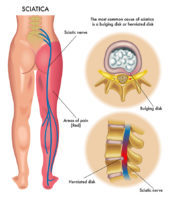
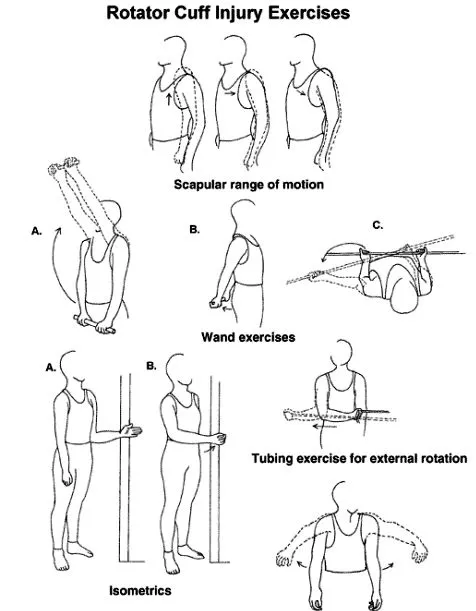

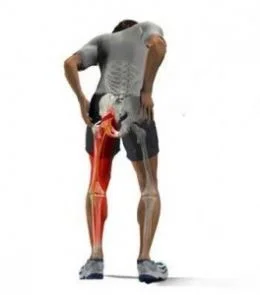
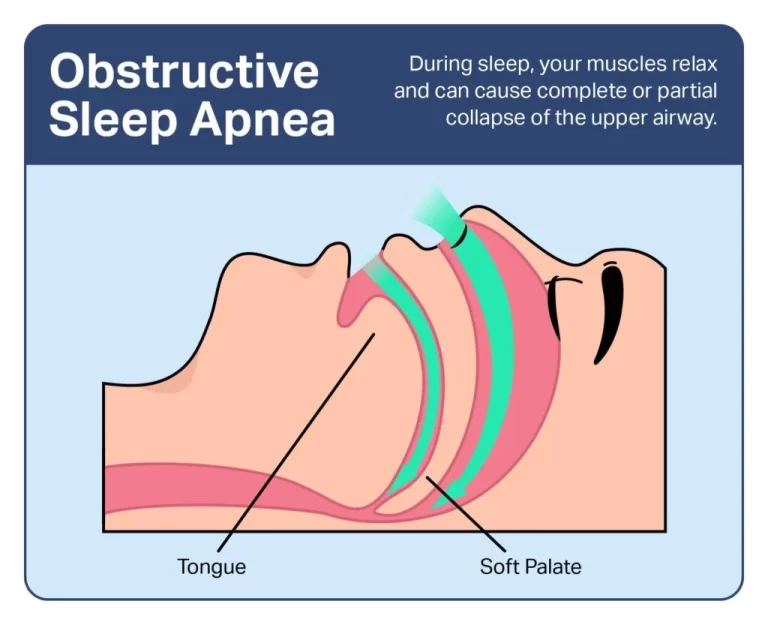

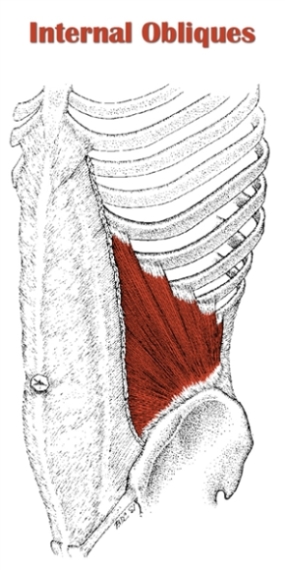
Disc bulge in l4 l5 and s1 is most common cause of Back pain with sciatica radiating pain, Back extension exercise with rest and pain relieving exercise is the best option for good recovery